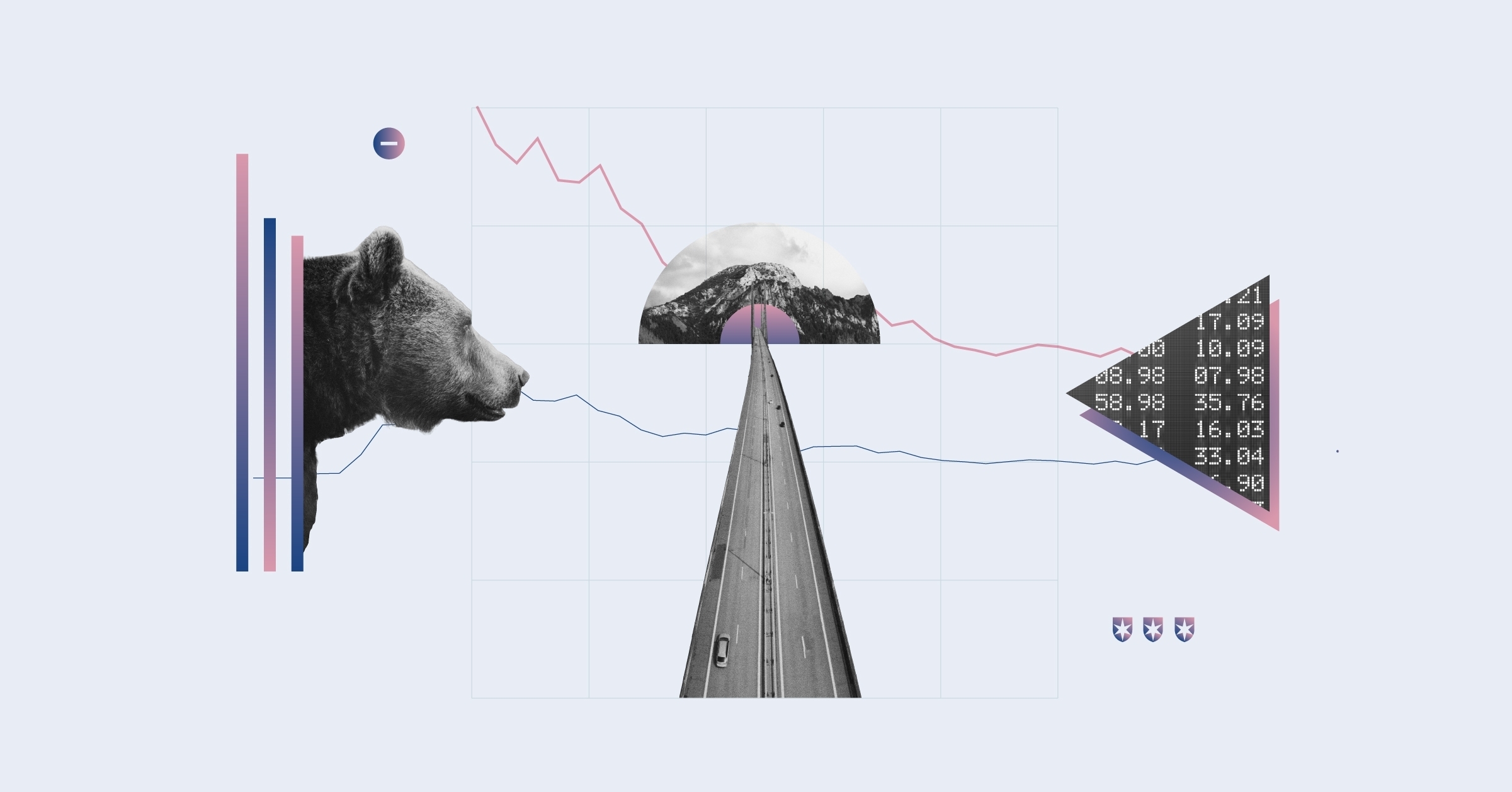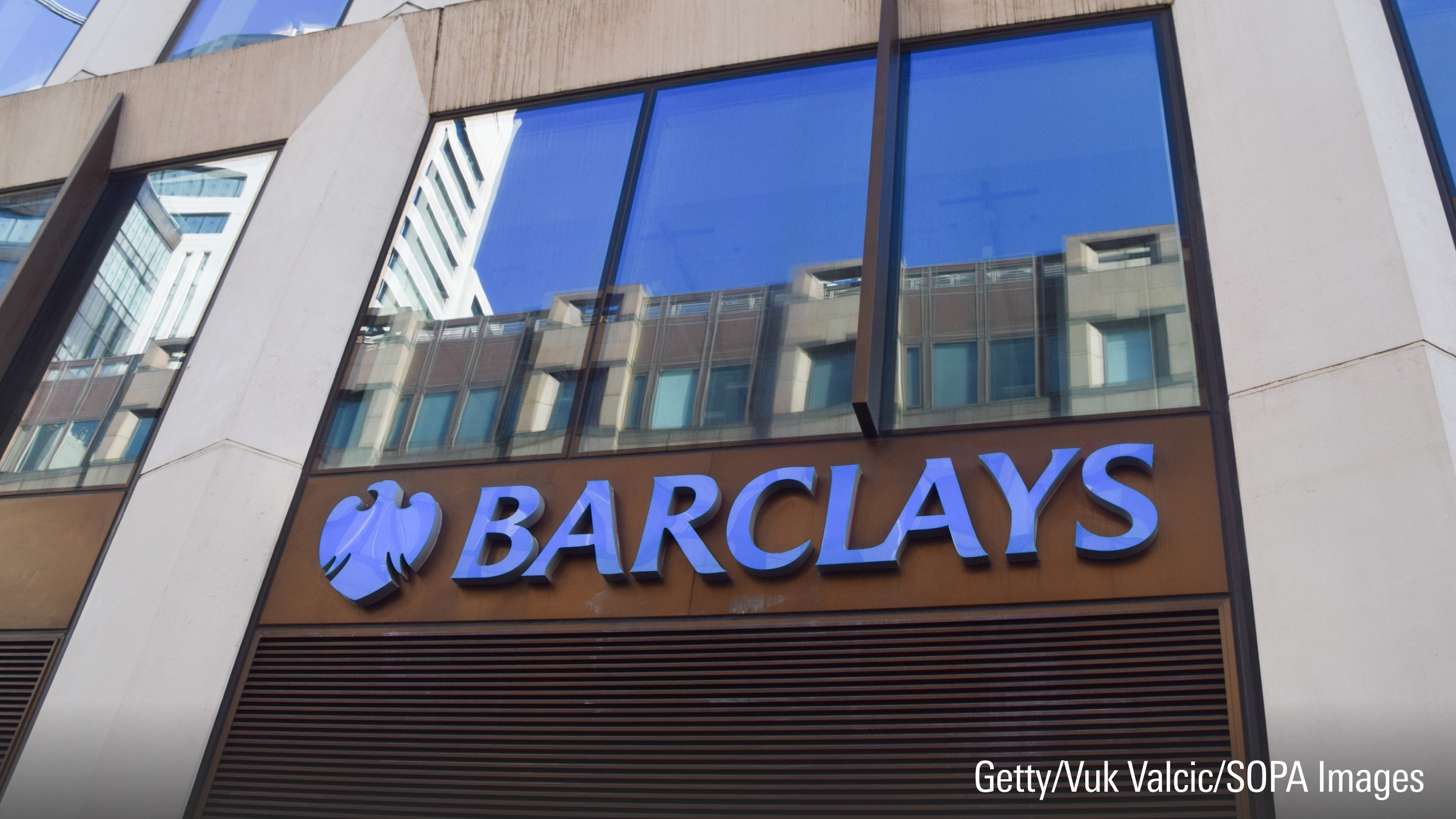Rolle im Portfolio
The fund provides exposure to a wide array of large- and mid-cap companies within the world’s emerging regions. This broad category of countries has seen its position on the global stage rise significantly in recent years. Whereas this type of exposure would once have been considered exclusively a speculative tactical tool, it is increasingly becoming a core component of a globally-balanced portfolio.
Nevertheless, stocks from emerging economies remain a volatile area of the market. For example, the MSCI Emerging Markets Index has had an annualised standard deviation of 23.7% for the past 10 years, versus 16.0% for the MSCI World.
Correlations to developed equity exposure have slightly decreased in recent years, suggesting the fund provides more diversification benefit than previously. The MSCI Emerging Markets Index showed a correlation to the USD-currency returns of the MSCI Europe of 73% over the last five years, versus 80% over the last 15 years, while it showed a correlation to the broader MSCI World Index of 78% over the last five years, versus 82% over the last 15 years.
Fundamentale Analyse
Emerging-markets stocks first became an appealing asset class in the 2000s, thanks to the confluence of several factors. For one, the Chinese economic growth machine was operating at full speed. Annual GDP growth rates approached 10% as a result of national economic reforms, strong export growth and significant investment in factories, infrastructure and housing.
At the same time, low interest rates throughout the developed world helped drive investment in emerging markets. And thanks to China's capital investment spree, commodity prices skyrocketed, benefiting resource-rich countries such as Brazil, Russia, South Africa and Indonesia.
But much of the momentum has since disappeared, and most emerging markets countries have settled into a period of slower GDP growth. China, which is undergoing a transition from an investment- to consumption-driven economy, is already facing related growing pains and has a significantly lower GDP growth rate target of 7.0% for 2015. More broadly, foreign fund flows have grown more volatile and have helped expose countries with relatively weaker fundamentals, causing higher currency and local stock market volatility.
Indexkonstruktion
The MSCI Emerging Markets Index is a free-float market capitalisation-weighted index covering about 20 emerging market countries around the world. It covers approximately 85% of the free float-adjusted market capitalisation of the component markets. The index has about 800 constituents and is reviewed quarterly, with size cut-offs recalculated semi-annually. The universe is initially screened for liquidity, as measured by the value and frequency of trading. The median constituent has a market capitalisation of $2.3 billion. The top geographic exposures are China (18-22% weighting) and South Korea (14-17%) followed by Taiwan (10-14%) and South Africa and Brazil (6-10%). On a sector basis the index is broadly diversified, with a bias towards financials, which makes up about 25-30% of the total. The second largest sector represented is information technology (16-20%), followed by consumer discretionary (7-10%) and consumer discretionary and energy (7-10% each). The index is not very concentrated at the stock level, with typically 16-18% in the top 10 names. The top position is Samsung Electronics Co., with a 2-4% weighting, followed by Taiwan Semiconductor Manufacturing and Tencent (1-3% each).
Fondskonstruktion
The ETF uses synthetic replication to provide exposure to the underlying benchmark, combining unfunded and funded swap structures in a ratio that can change over time. As of February 2015, the fund held a portfolio of assets accounting for 75% of the fund’s net asset value and a fully-funded swap for the remaining 25%. UBS provides full transparency on the portfolio assets and the collateral backing the funded swap. At the time of writing, the portfolio assets consist of European and Japanese blue chip equities from a diverse set of industries. Collateral consists entirely of bonds, 53% of which are government bonds and the other 47% supranational bonds such as those issued by the European Central Bank and the European Bank for Reconstruction and Development. The exposure to counterparty UBS AG is monitored daily by the collateral manager, Lantern, the portfolio manager and the fund’s custodian, State Street Bank. UBS aims to maintain all swap counterparty exposures collateralised at 105% at the end of each business day. Collateral is held via transfer of title in a segregated account with the fund’s custodian State Street Bank. Under the terms of the swaps, counterparty UBS AG agrees to provide the fund with exposure to the total return of the underlying index, net of any associated taxes, costs, or fees. The return from the swap agreements assumes that all dividends paid by the underlying stocks are reinvested in the index. The fund does not pay out any dividend distributions. The fund is Irish-domiciled and has the U.S. dollar as its base currency. The fund does not engage in securities lending.
Gebühren
For its synthetic ETFs, UBS produces what it calls the ‘drag level’ for each fund, rather than showing the total expense ratio (TER) as it is calculated by other providers. The ‘drag level’ is a full tally of any fees or expenses charged to the fund over a 12-month period, including management fees and swap costs. It differs from a typical TER in that a TER does not usually include swap fees. Drag levels for each fund are reviewed by UBS on an annual basis, and may be changed once a year, but once set they will remain the same for the entire 12-month period. As of this writing, the fund charges a drag level of 0.92%. Additional costs potentially borne by the unitholder but not included in the drag level include bid-ask spreads and brokerage fees when buy and sell orders are placed for ETF shares.
Alternativen
For broad exposure to emerging markets there are many choices out there. Providers that offer ETFs tracking the MSCI Emerging Markets Index include iShares, Amundi, SPDR, ComStage, Lyxor, Source, db-X trackers and HSBC. The cheapest of all (strictly in terms of TER) is Amundi ETF MSCI Emerging Markets, which charges a TER of 0.20%. For an accumulating fund alternative, iShares also offers the iShares Core MSCI Emerging Markets IMI ETF, which tracks a different index, charges the competitive TER of 0.25%.
The Vanguard FTSE Emerging Markets ETF also charges the lowest TER, at 0.25%, but the fund tracks a different benchmark which excludes exposure to South Korea.
For alternatives to market capitalisation-weighted exposures, there are the Ossiam ETF Emerging Markets Minimum Variance, the iShares MSCI Emerging Markets Minimum Volatility UCITS ETF and the PowerShares FTSE RAFI Emerging Markets ETF. While the first two funds follow a risk-oriented strategy, the third one employs a fundamental approach. These ETFs tend to offer different sector and country exposures than the MSCI Emerging Markets Index, so performance drivers will likely differ.

















